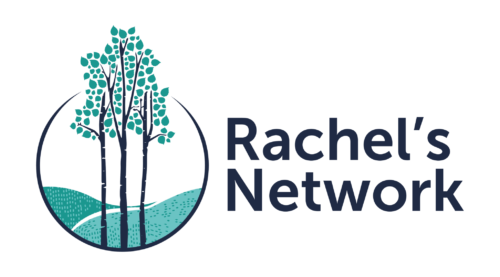
May 17, 2016
Aided by cutting-edge research in endocrinology, genetics, GIS, and more; today’s conservationists pack an arsenal of sophisticated tools to help save the world’s most threatened species. Much of this significant research is happening in a rather unlikely place: the rural Virginia countryside. Several Rachel’s Network members support the Smithsonian Conservation Biology Institute, and we traveled there in March to see their work firsthand.

Nov 20, 2015
During the Rachel’s Network Fall Retreat in Yellowstone National Park, our members were inspired by a presentation by sculptor and ecologist George Bumann who conveyed the value of wild places beyond the facts and figures we often fall back on. We asked George about his process, the experience of working in Yellowstone National Park, and his advice for inspiring a wonder for nature in others.

Oct 27, 2015
In a world of unchecked development and climate change, conservation is no longer simply about protecting land. It’s about changing systems and helping people to rethink the ways they interact with the natural world in their daily lives. “From the mountains, to the prairies,” Rachel’s Network members are preserving some of our country’s most ecologically important and beautiful landscapes, and doing it in a way that acknowledges and works with this human element.

Jun 11, 2015
“How are we going to manage the planet and keep it sustainable if we know so little about it?” This question, posed by E.O. Wilson in his book, “Letters to a Young Scientist,” was born out of his long held conviction that if we can foster a greater understanding of biology, we can cultivate a desire to take care of the planet. Now Paula J. Ehrlich of the E.O. Wilson Biodiversity Foundation is helping make the vision of accessible biology education a reality for students around the world through her organization’s free digital textbook and storytelling projects.

May 21, 2015
While queen conch has been a central part of Bahamian culture, economy, and cuisine for centuries; growing demand from the US has jeopardized local populations of the species. Rachel’s Network Member Martha Davis fell in love with queen conch while doing field work for her master’s degree. Now, through her organization Community Conch, she’s gathering and publishing vital information about this unique animal. With Martha’s help, and the commitment of her partners, volunteers, and local fisherman, the Bahamas can build back its dwindling conch population.






